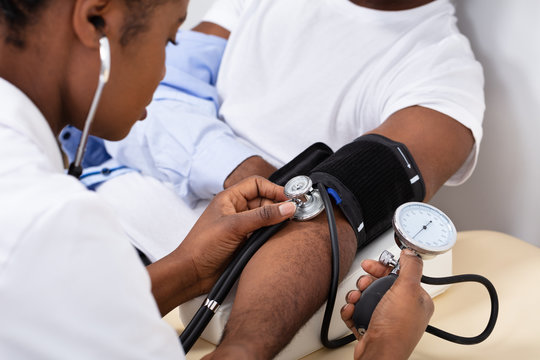TIPS TO ACCURATELY MONITOR YOUR BLOOD PRESSURE.
- Home
- TIPS TO ACCURATELY MONITOR YOUR BLOOD PRESSURE.
TIPS TO ACCURATELY MONITOR YOUR BLOOD PRESSURE.

You don’t need to check your blood pressure only if you’ve been diagnosed with hypertension. Studies show that regular-accurate BP checks don’t only help hypertensives properly manage the condition, they also help in the early detection of diagnosed patients.
Besides, blood pressure readings are a useful indication of heart health. Whether you’re checking at home, the hospital, or the Pharmacy, here are some basic tips that can help you accurately monitor your BP.
- Avoid eating, drinking, or engaging in anything that can stimulate your heart right before checking
Caffeine, alcohol, eating, exercising… These are all things that can get your heart working more. The more your heart is working, the higher your blood pressure is likely to be. That’s the potential for false readings. Avoid any such activities or substances at least for 30 minutes before taking your readings. In some cases though, your doctor may need you to check your BP after some stimulation.
2. Be mindful of the blood pressure devices.
There’re different kinds of monitoring devices, including sphygmomanometers, digital devices, and fitness watches. To be able to give accurate readings, the devices must be well-calibrated. If you have your own blood pressure device, you can check its accuracy by comparing its reading with that of another source you trust, such as from your hospital or pharmacy. Also, make sure the cuff or band fits firmly around your arm or wrist.
3. Sit quietly during blood pressure readings
Sit quietly for about 5 minutes before checking your readings. This allows your heart to come to its resting pace. That means it may be best to contemplate emptying your bladder (or performing any task that is time-sensitive) before reading, not after, so you don’t fidget. Avoid talking during this time, and ensure you’re seated in a comfortable place so you can stay better relaxed.
4. Sit Properly
While checking your blood pressure, ensure you’re seated in an upright position, in a chair with back support, with your feet planted firmly on the ground, not crossed at the ankles.
5. Remove any restrictions around your arm
The cuff or band of the BP device must come into direct contact with your skin. It shouldn’t be placed over clothing. Remove watches, bracelets, arm bands, or any other restrictions on your arm before checking.
6. Position your arm properly
As much as possible, always use the same arm for checking your BP. It should be placed at heart level while reading. This may require that your arm on a desk or table. Use a pillow if required.
7. Take at least 2 repeat readings
One reading may not give an accurate view, especially the first reading. Take 2 or 3 readings and compare the results. Use the result with minimal disparity between consecutive readings. If you’re unsure of your result or what they mean, talk to your doctor or pharmacist.
8. Check your blood pressure regularly
If you are diagnosed with hypertension, check your blood pressure once or twice a day (especially if newly diagnosed.) This is easier if you own a BP monitor on your own. You can also always visit your pharmacy to have your readings checked.
- Share